Sand mining quarry on the site of a rural landfill in the village of Vasilyevka
43.083794, 74.584726
Sand extraction quarry at the site of a rural landfill in the village of Vasilyevka, Alamedin District, Chui Region
The most common type of extraction of inert materials for construction in Kyrgyzstan includes non-metallic construction materials such as crushed stone, sand, gravel, limestone, gypsum, anhydrite, and others. Their extraction exceeds the total extraction of all metallic and energy raw materials by more than one and a half times. No construction, whether it be roads or houses, can do without these materials.
The overwhelming majority of the non-metallic raw materials used are extracted by open-pit methods. In this case, the only effective limitation remains the process of land withdrawal for agricultural purposes on the surface terraces for quarries. This method of combating the region's ecology is hard to call effective.
The open-pit method of extracting minerals has the most negative impact on the ecological situation in the area of operations. As a result of anthropogenic impact on the environment in the quarry areas, there is a noticeable deterioration in the ecological conditions for human existence. For example, air, soil, groundwater, biota, and abiota pollution.
The burden on the land use area and the surface and groundwater systems during extraction operations is expressed in the possible contamination of soils and the aeration zone with production and consumption waste and wastewater. To assess the impact, the volumes of generated wastewater and production and consumption waste are determined, along with a rational scheme for water consumption, wastewater disposal, and solid waste management.
The impact on wildlife in the areas under consideration is expressed in the exclusion of land withdrawal areas as habitats, as well as in the factor of disturbance associated with the presence of people, machinery operation, and vehicle movement. During the work, the areas occupied by quarries will naturally be excluded from the seasonal migration paths of mammals. The planned activities cause a change in biotopes and their movement to adjacent territories with identical characteristics, which does not affect the status of the populations of common animal species in the area due to the small size of the quarries.
The impact on vegetation during quarry extraction is expressed in land withdrawal, soil cover disruption, and natural grassland disturbance. Upon completion of the work, land reclamation is planned to restore the disturbed lands to the level of pasture agricultural land or recreational areas, which will lead to the restoration of the natural habitat for vegetation and animals.
In addition to the problems listed, there are other equally pressing issues related to the use of exhausted quarries as sites for household waste storage and their use as unauthorized dumps.
Currently, the ecological situation in Kyrgyzstan is on the brink of catastrophe. It is necessary to tighten state control over the implementation of land reclamation activities and environmental protection by mining enterprises and to eliminate unlicensed extraction.
This point has been marked as part of a research project, the pilot program "Improving the Efficiency of the Waste Collection and Recycling System in the Kyrgyz Republic - WasteNet.Kg," implemented by the "CSO Central Asia" Agency with the support of the International Foundation "The Coca-Cola Foundation." This publication does not necessarily reflect the views of the Pilot Project "WasteNet.Kg."
Sand extraction quarry at the site of a rural landfill in the village of Vasilyevka, Alamedin District, Chui Region
The most common type of extraction of inert materials for construction in Kyrgyzstan includes non-metallic construction materials such as crushed stone, sand, gravel, limestone, gypsum, anhydrite, and others. Their extraction exceeds the total extraction of all metallic and energy raw materials by more than one and a half times. No construction, whether it be roads or houses, can do without these materials.
The overwhelming majority of the non-metallic raw materials used are extracted by open-pit methods. In this case, the only effective limitation remains the process of land withdrawal for agricultural purposes on the surface terraces for quarries. This method of combating the region's ecology is hard to call effective.
The open-pit method of extracting minerals has the most negative impact on the ecological situation in the area of operations. As a result of anthropogenic impact on the environment in the quarry areas, there is a noticeable deterioration in the ecological conditions for human existence. For example, air, soil, groundwater, biota, and abiota pollution.
The burden on the land use area and the surface and groundwater systems during extraction operations is expressed in the possible contamination of soils and the aeration zone with production and consumption waste and wastewater. To assess the impact, the volumes of generated wastewater and production and consumption waste are determined, along with a rational scheme for water consumption, wastewater disposal, and solid waste management.
The impact on wildlife in the areas under consideration is expressed in the exclusion of land withdrawal areas as habitats, as well as in the factor of disturbance associated with the presence of people, machinery operation, and vehicle movement. During the work, the areas occupied by quarries will naturally be excluded from the seasonal migration paths of mammals. The planned activities cause a change in biotopes and their movement to adjacent territories with identical characteristics, which does not affect the status of the populations of common animal species in the area due to the small size of the quarries.
The impact on vegetation during quarry extraction is expressed in land withdrawal, soil cover disruption, and natural grassland disturbance. Upon completion of the work, land reclamation is planned to restore the disturbed lands to the level of pasture agricultural land or recreational areas, which will lead to the restoration of the natural habitat for vegetation and animals.
In addition to the problems listed, there are other equally pressing issues related to the use of exhausted quarries as sites for household waste storage and their use as unauthorized dumps.
Currently, the ecological situation in Kyrgyzstan is on the brink of catastrophe. It is necessary to tighten state control over the implementation of land reclamation activities and environmental protection by mining enterprises and to eliminate unlicensed extraction.
This point has been marked as part of a research project, the pilot program "Improving the Efficiency of the Waste Collection and Recycling System in the Kyrgyz Republic - WasteNet.Kg," implemented by the "CSO Central Asia" Agency with the support of the International Foundation "The Coca-Cola Foundation." This publication does not necessarily reflect the views of the Pilot Project "WasteNet.Kg."

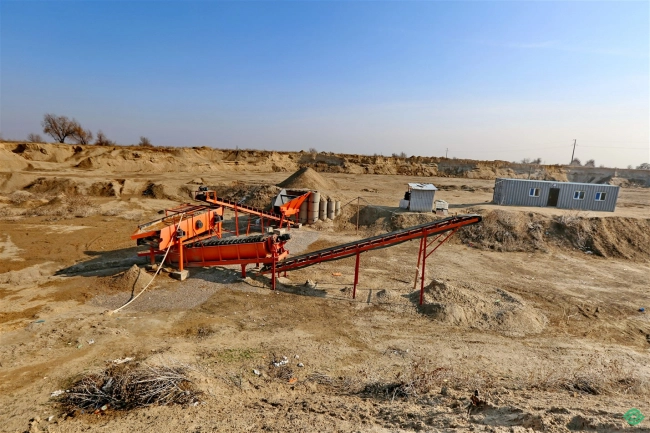
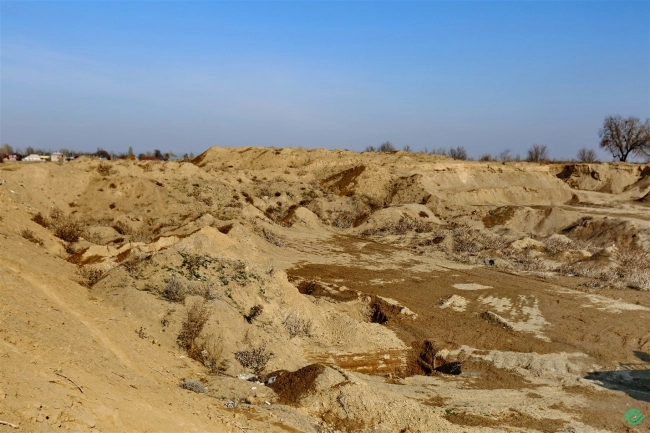
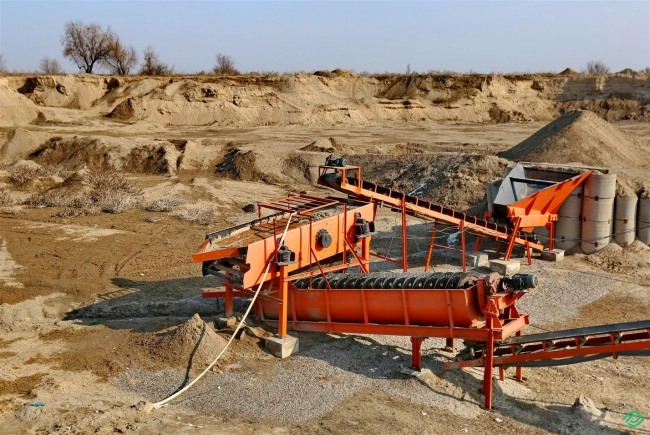
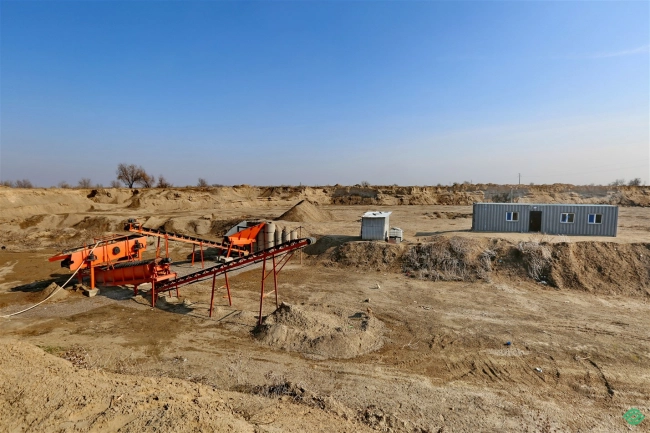


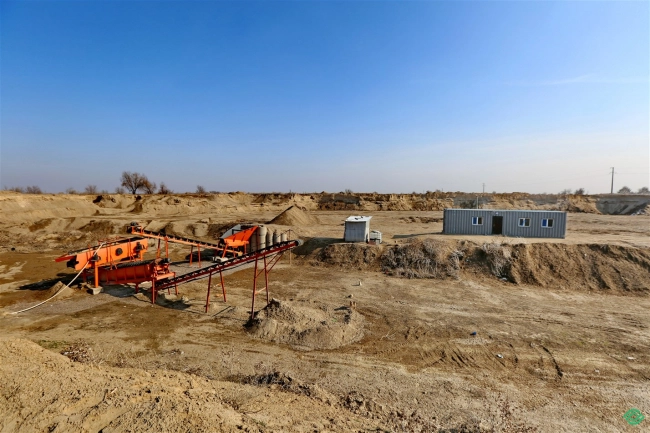
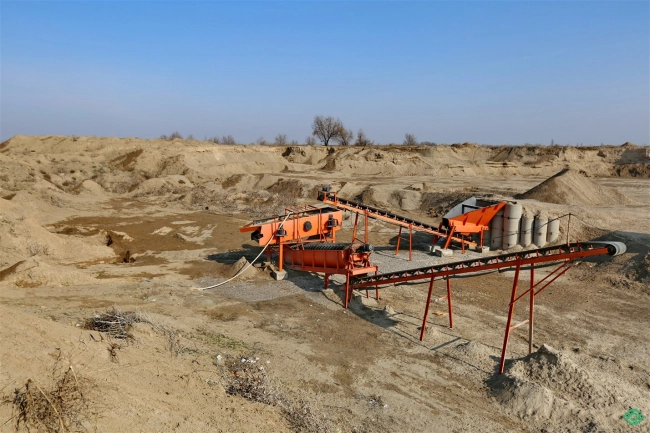
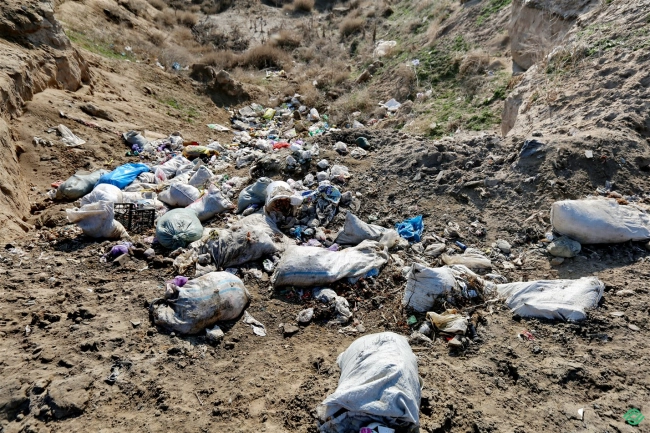
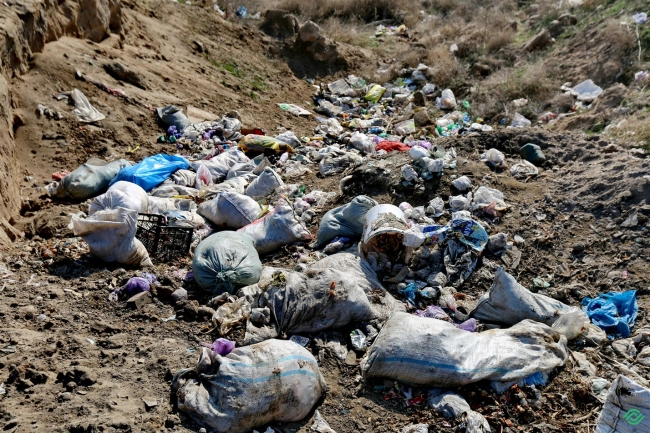
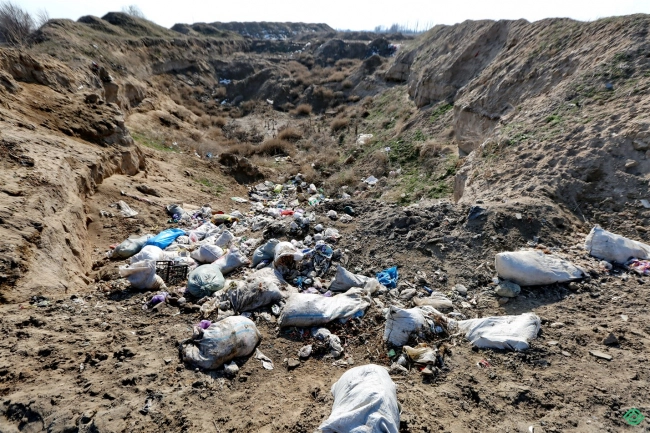
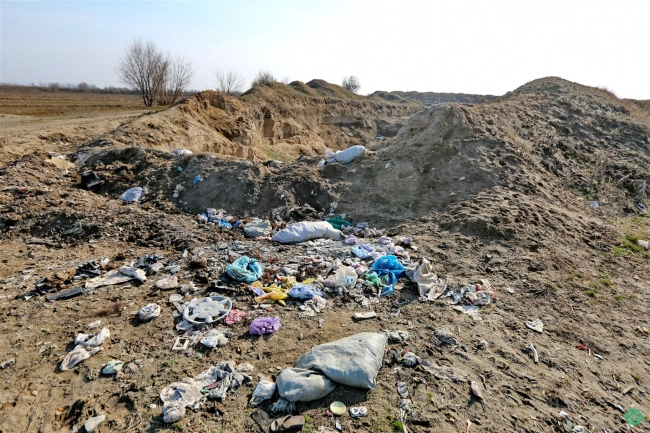

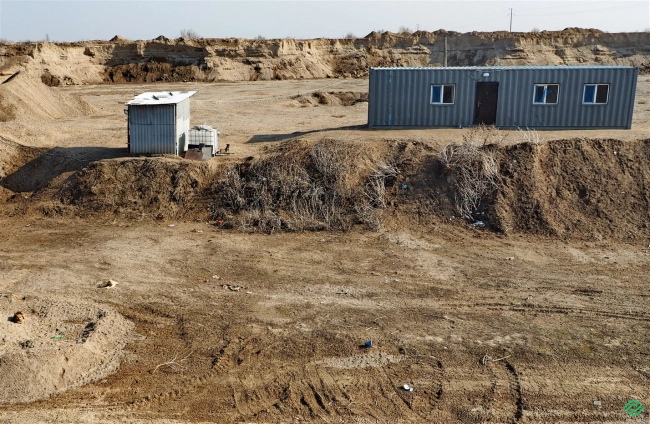



















Attention: Information based on submitted complaints